FOOTWEAR
Diabetic footwear is specially designed to provide comfort, protection, and support for people with diabetes. It helps prevent complications like ulcers, sores, and infections that can arise from poor circulation and neuropathy.
Surgical footwear is designed to provide comfort, support, and protection for individuals recovering from foot injuries, surgeries, or medical conditions affecting mobility. Here’s why you should choose surgical footwear
- People with neuropathy (nerve damage in the feet).
- Those with poor circulation or foot deformities.
- Individuals prone to blisters, ulcers, or calluses.
- Anyone diagnosed with diabetes who wants to prevent foot complications.
- BEST FOOTWEAR Near Me | BACK UP LIMBS | Diabetic Footwear
- Ctev Shoes | Surgical Shoes 9321110091
Types of Diabetic Footwear:
- Diabetic Shoes – Specially designed with extra depth, support, and cushioning.
- Diabetic Slippers – Soft, protective, and designed for indoor use.
- Diabetic Socks – Seamless, moisture-wicking, and non-binding to enhance circulation.
- Custom Orthotics – Inserts designed to provide additional support and relieve pressure points.
Benefits of Wearing Diabetic Footwear:
✔ Prevents foot ulcers and infections.
✔ Reduces pressure and friction on the feet.
✔ Enhances comfort and stability.
✔ Supports proper alignment and posture.
Why To Choose Surgical Footwear
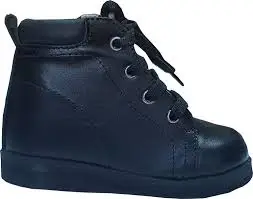
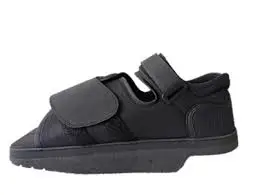
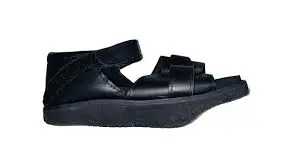
1. Comfort & Fit
- Adjustable Straps: Allows for a customizable fit to accommodate swelling.
- Wide Toe Box: Provides extra space to prevent pressure on surgical sites or bandages.
- Lightweight Design: Reduces strain on the foot for easier mobility.
2. Support & Stability
- Rigid or Semi-Rigid Sole: Helps maintain foot position and reduces movement that could hinder healing.
- Rocker Bottom Sole: Promotes a natural gait and reduces pressure on the forefoot.
- Arch Support: Aids in maintaining proper foot alignment.
3. Protection & Safety
- Closed or Open Toe Design: Open-toe for breathability or closed-toe for added protection.
- Non-Slip Sole: Prevents slipping on different surfaces.
- Shock Absorption: Reduces impact on healing tissues.
4. Medical Considerations
- Post-Operative Use: Designed specifically for individuals recovering from surgery.
- Diabetic-Friendly Options: Prevents pressure sores and irritation for diabetic patients.
- Accommodates Bandages & Swelling: Extra depth and adjustable features allow for a secure but comfortable fit.
How Surgical Footwear Improve Quality of Life
1. Protection & Support
Surgical shoes protect injured or healing feet from external pressure, reducing the risk of further complications.
2. Pain Relief
They help alleviate pain caused by fractures, bunions, plantar fasciitis, and other foot conditions.
3. Faster Recovery
By stabilizing the foot and distributing weight evenly, surgical footwear promotes proper healing.
4. Reduces Swelling & Pressure
Many surgical shoes have a wider fit and adjustable straps to accommodate swelling and provide customized comfort.
5. Prevents Further Injury
They reduce the risk of re-injury by offering extra grip and balance, making walking safer.
6. Ideal for Post-Surgical Use
After foot surgery, regular shoes can be uncomfortable and may interfere with healing. Surgical footwear provides the necessary space and support.
Features of Diabetic Footwear:
- Extra Depth & Width – Accommodates swelling and orthotic inserts.
- Seamless Interior – Reduces friction and prevents blisters and ulcers.
- Soft, Non-Binding Uppers – Prevents pressure points and irritation.
- Cushioned Insoles – Absorbs shock and provides extra comfort.
- Protective Toe Box – Prevents injuries by offering extra space.
- Slip-Resistant Soles – Reduces the risk of falls.
- Breathable Material – Helps keep feet dry and prevents infections.
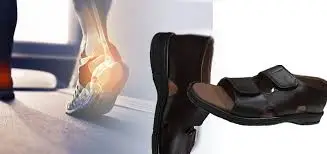

Prosthetics
Prosthetics refers to the design, creation, and use of artificial limbs or body parts to restore mobility and functionality for individuals who have lost a limb due to injury, disease, or congenital conditions. Modern prosthetic devices are made using advanced materials like carbon fiber, silicone, and titanium, ensuring durability, flexibility, and a natural appearance. Technological advancements, such as bionic prosthetics and 3D printing, have significantly improved their functionality, allowing for better movement and comfort. These devices not only enhance physical capabilities but also improve the overall quality of life by restoring independence and confidence.
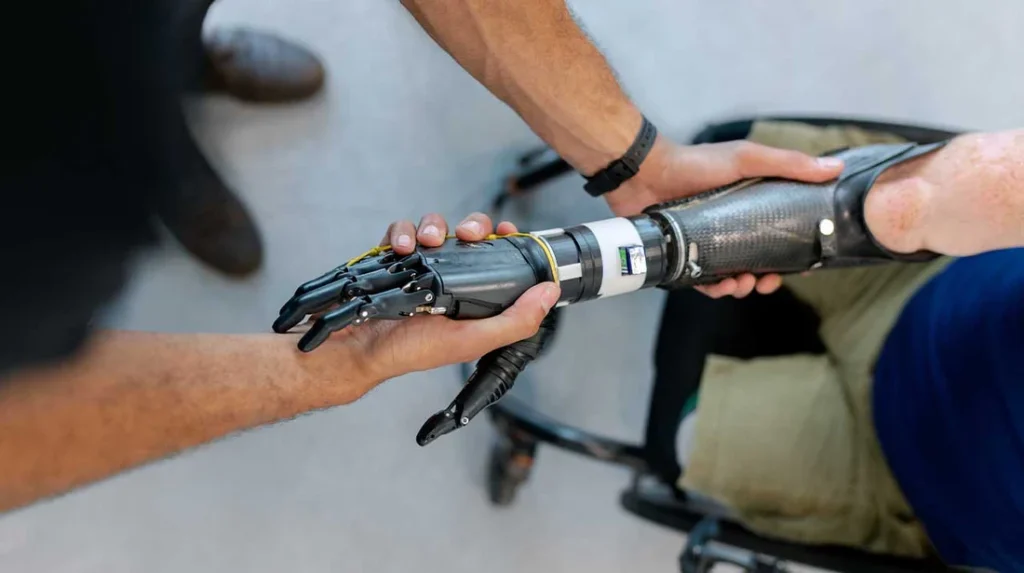
Upper Extremity
The upper extremity refers to the region of the human body that includes the shoulder, arm, forearm, wrist, and hand. It plays a crucial role in performing various daily activities, from lifting and carrying objects to fine motor tasks like writing and typing. The upper extremity consists of bones such as the humerus, radius, and ulna, along with muscles, joints, tendons, and nerves that enable movement and dexterity. Injuries or conditions affecting the upper extremity, such as fractures, arthritis, or nerve damage, can significantly impact mobility and functionality. Medical interventions, including physical therapy, surgery, and prosthetics, help restore strength and movement in cases of impairment.

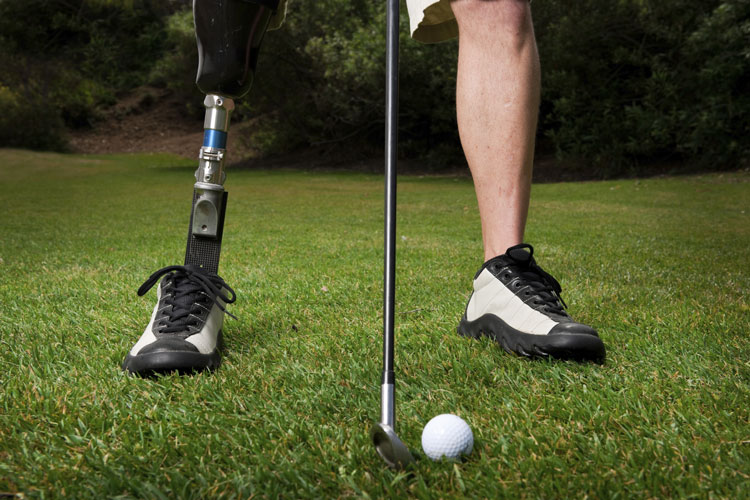
Lower Extremity
The lower extremity refers to the part of the human body that includes the hip, thigh, knee, leg, ankle, and foot. It is essential for weight-bearing, balance, and movement, enabling activities like walking, running, and jumping. The lower extremity consists of major bones such as the femur, tibia, and fibula, along with muscles, ligaments, tendons, and joints that provide strength and flexibility. Injuries or conditions affecting the lower extremity, such as fractures, arthritis, or nerve damage, can severely impact mobility and quality of life. Medical treatments, including physical therapy, surgery, and prosthetics, help restore function and improve movement in cases of impairment.

Silicon Prosthesis
Silicone prosthesis is a type of custom-made artificial body part designed to replace missing limbs, fingers, toes, or facial features with a lifelike appearance and texture. Made from medical-grade silicone, these prosthetics closely mimic natural skin in color, texture, and flexibility, providing both functional and aesthetic benefits. They are commonly used in cases of amputations, congenital deformities, or trauma-related injuries. Silicone prostheses offer comfort, durability, and water resistance, allowing users to carry out daily activities with ease. Advanced techniques, such as color matching and embedded details like veins and fingerprints, enhance realism, boosting the confidence and quality of life of individuals who use them.

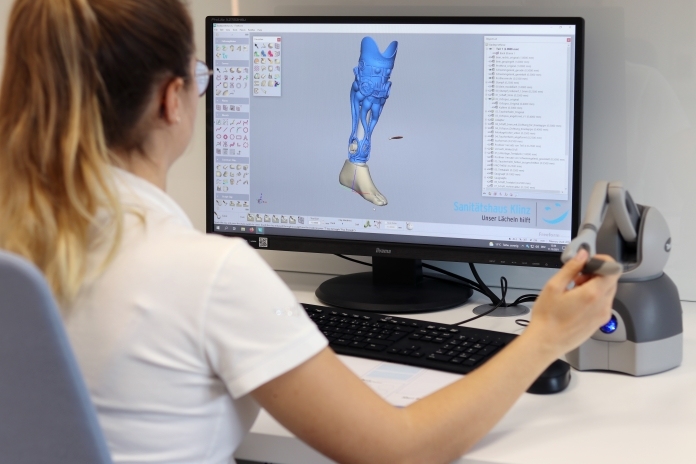
3D Scanning Prosthesis
3D scanning prosthesis is an advanced technology that uses high-precision 3D scanning to create customized prosthetic limbs and body parts with exceptional accuracy. This process captures detailed measurements of the residual limb or affected area, ensuring a perfect fit and enhanced comfort for the user. By eliminating traditional molding techniques, 3D scanning significantly reduces the time required for prosthesis fabrication while improving precision and design efficiency. Combined with 3D printing, this technology allows for lightweight, durable, and highly functional prosthetics tailored to individual needs. It has revolutionized the field of prosthetics by making high-quality, affordable, and personalized solutions more accessible to amputees and individuals with limb differences.

Orthotics
Orthotic prosthesis refers to a specialized medical device that combines elements of both orthotics and prosthetics to support, correct, or replace a missing or impaired limb. Orthotic devices, such as braces and supports, help stabilize and improve the function of weakened or deformed limbs, while prosthetic components replace lost body parts to restore mobility. This hybrid approach is particularly beneficial for individuals with conditions like partial amputations, neuromuscular disorders, or joint instability. Advanced materials like carbon fiber, silicone, and 3D-printed components enhance durability, comfort, and functionality. Orthotic prostheses improve mobility, reduce pain, and enhance the overall quality of life by providing tailored support and movement assistance.


Accolades
Accolades prosthesis refers to high-quality, innovative prosthetic solutions that have been recognized for their excellence in design, functionality, and user comfort. These prosthetic devices are developed using cutting-edge technologies, such as 3D printing, advanced biomechanics, and bionic enhancements, to provide superior mobility and adaptability. Many accolade-winning prostheses focus on improving the lives of amputees by offering lightweight, durable, and highly customized designs that closely mimic natural limb movement. Recognized by medical professionals and industry experts, these prosthetic advancements contribute significantly to rehabilitation, independence, and confidence for users, setting new standards in prosthetic care and technology.

Podiascan
Podiascan prosthesis is an advanced prosthetic solution that utilizes podiascan technology to assess foot pressure distribution and gait patterns for individuals with lower limb impairments. This technique involves scanning the foot to analyze weight distribution, arch structure, and pressure points, ensuring a highly customized prosthetic design for optimal comfort and functionality. By using podiascan data, prosthetists can create well-fitted prosthetic feet or orthotic supports that enhance mobility, reduce strain, and prevent complications such as pressure sores or misalignment. This technology is particularly beneficial for individuals with diabetes, limb loss, or orthopedic conditions, as it helps improve balance, posture, and overall movement efficiency.











